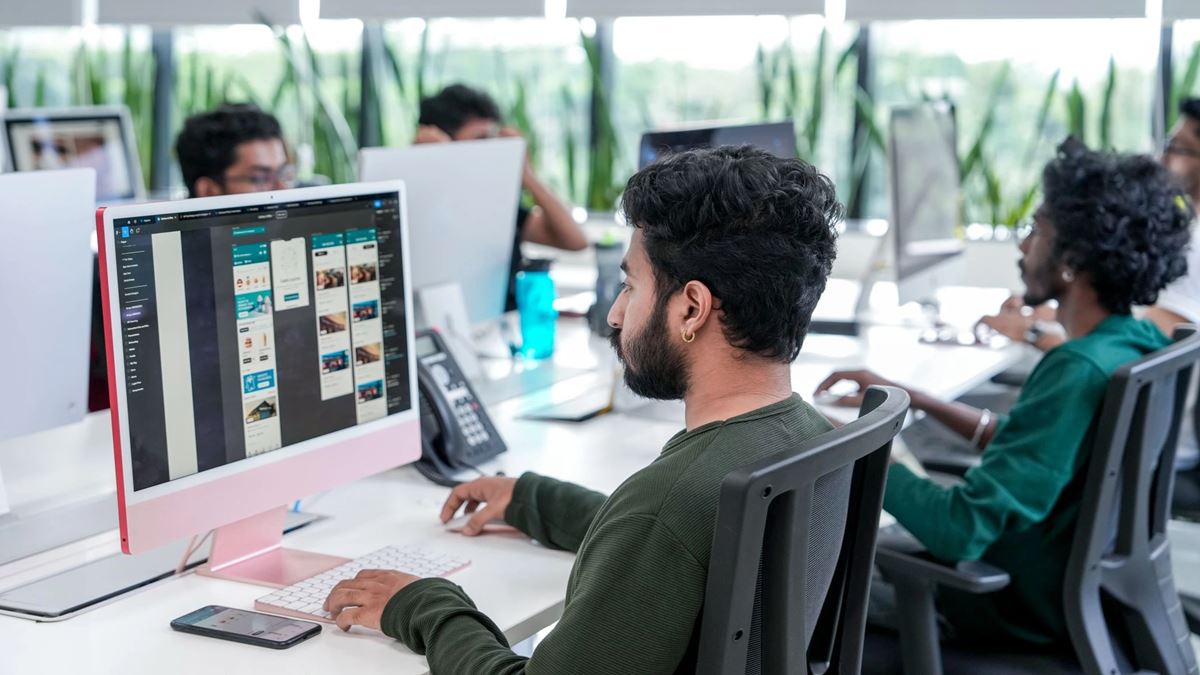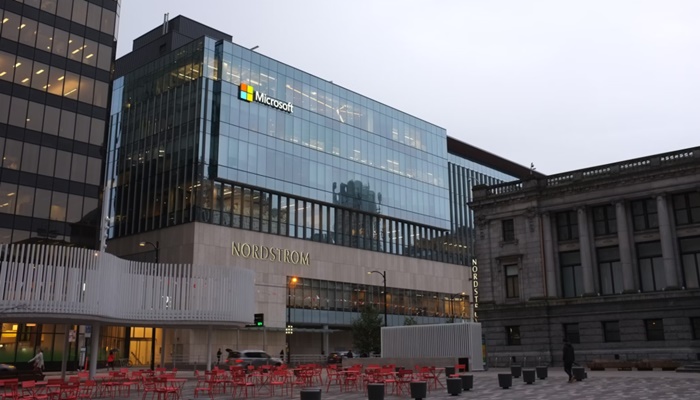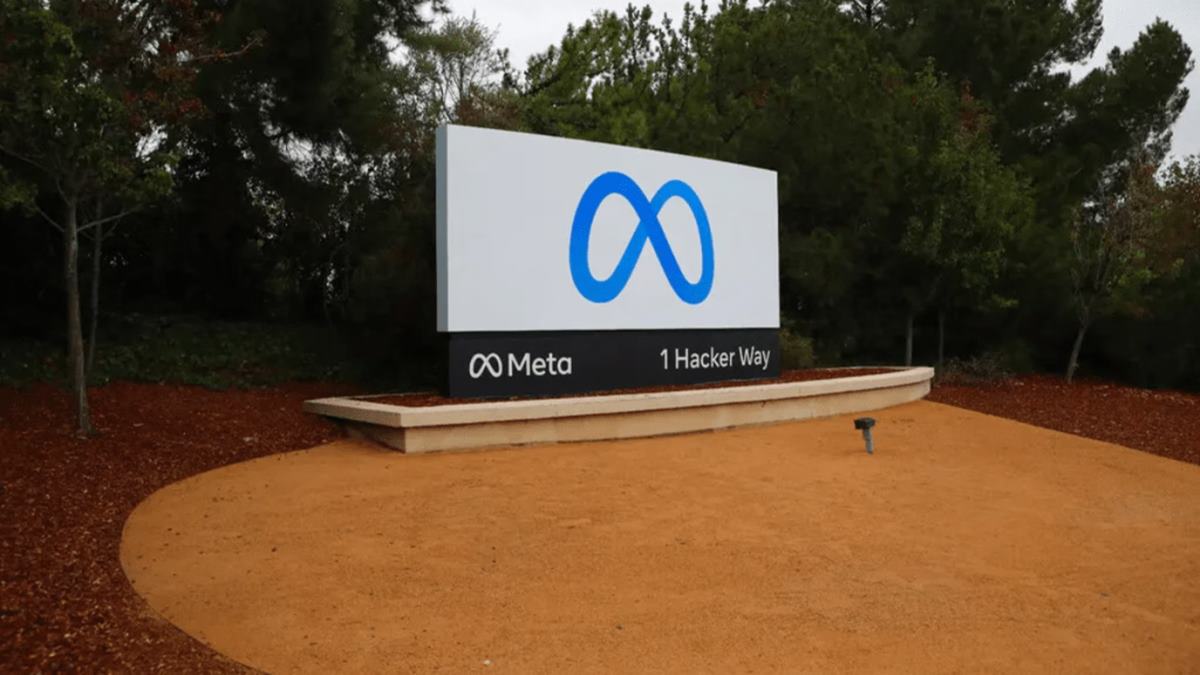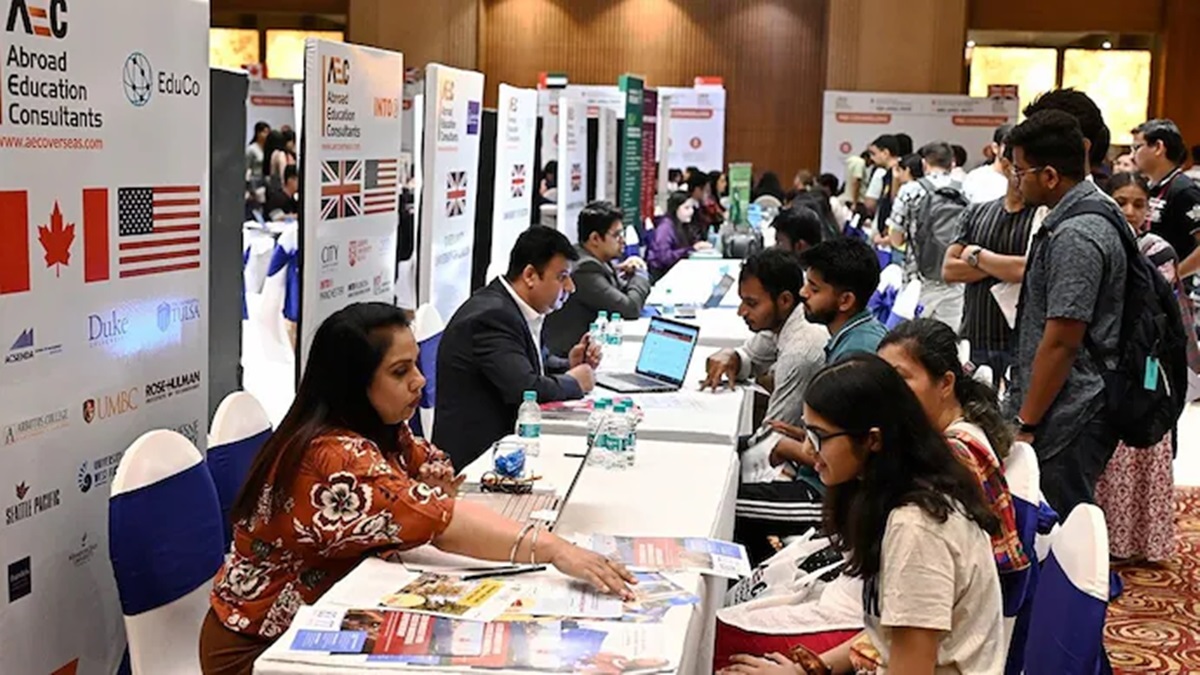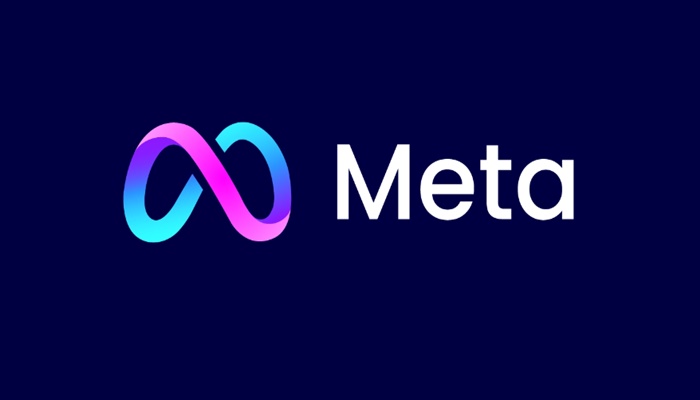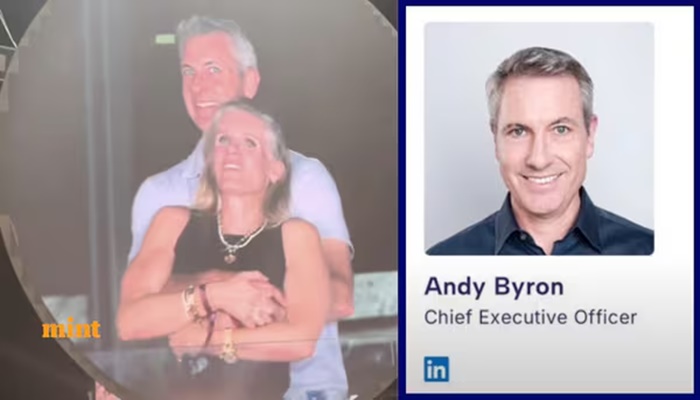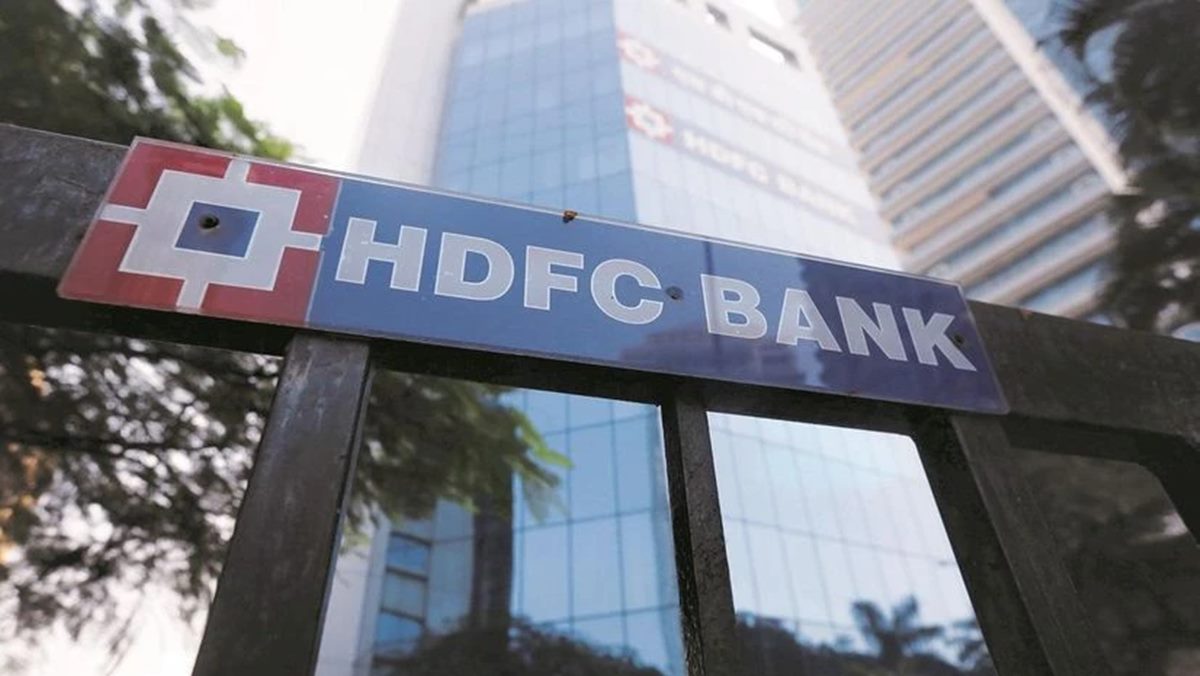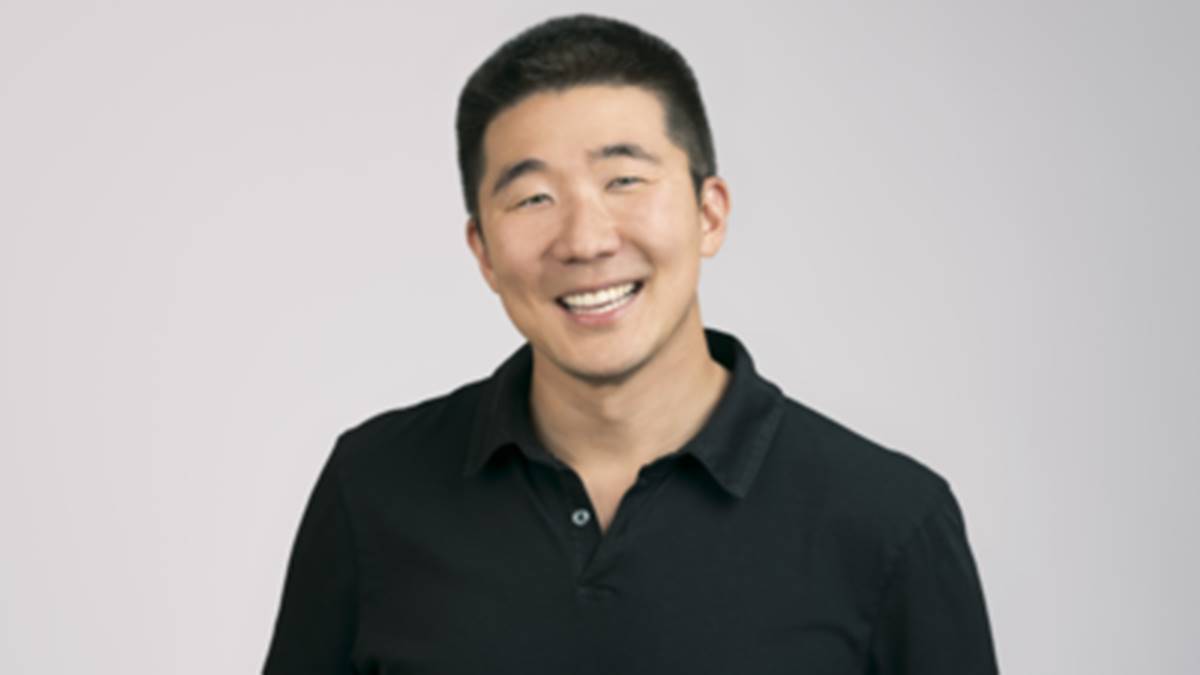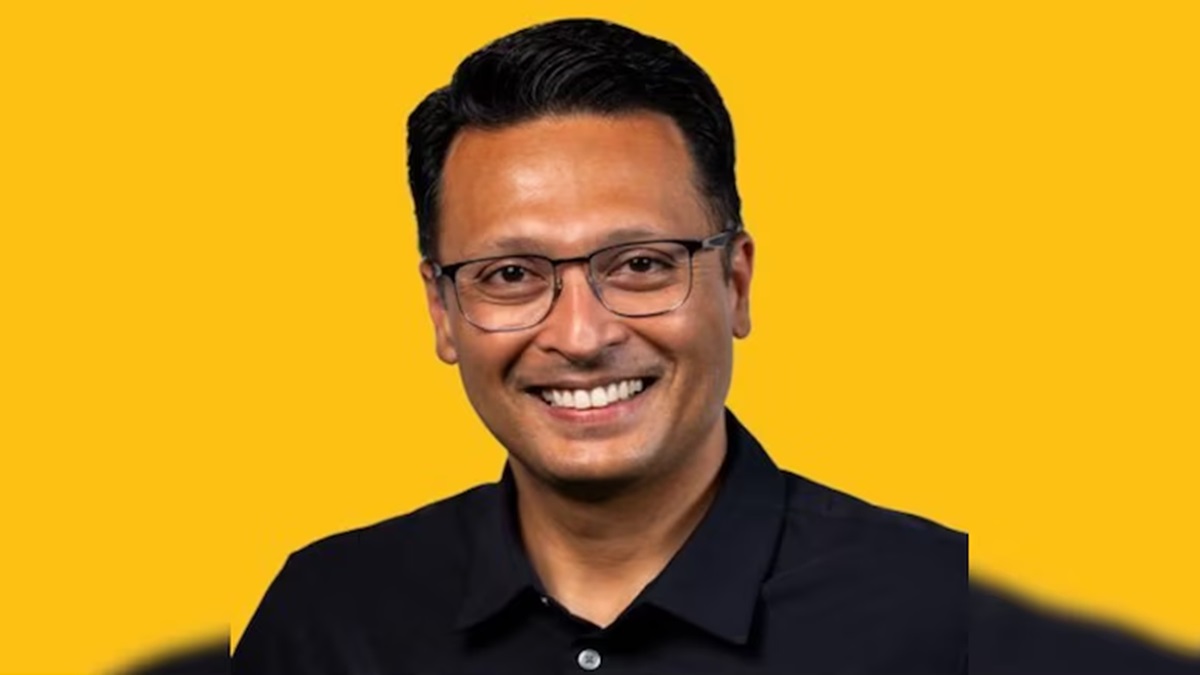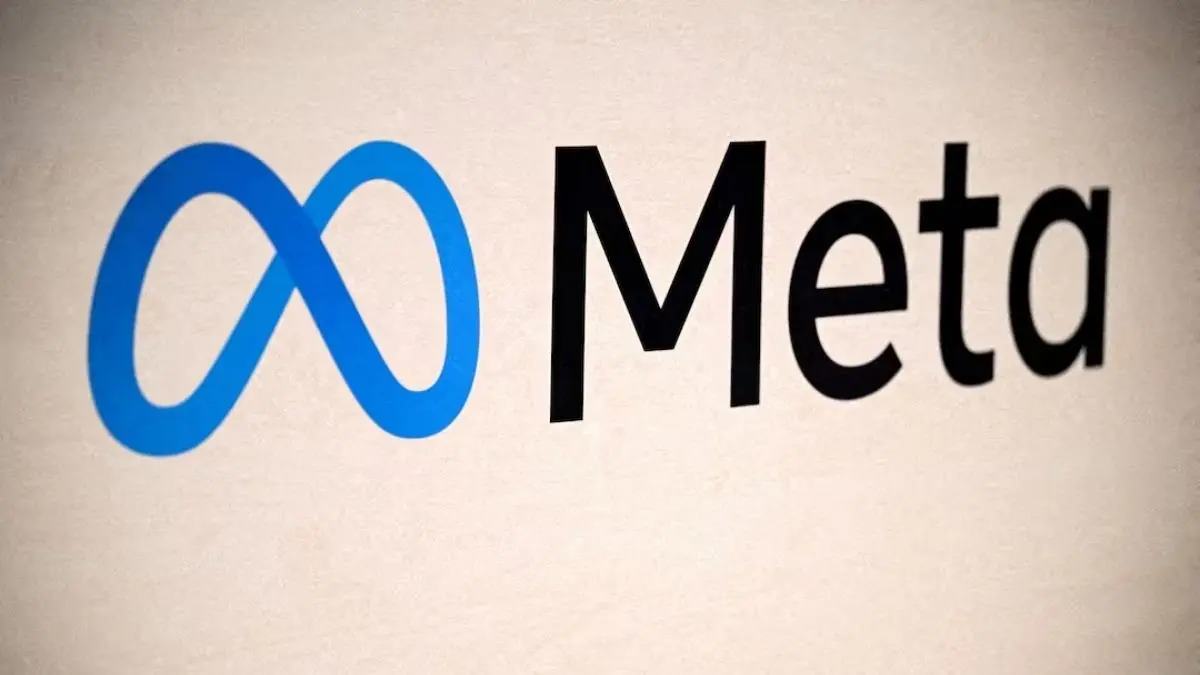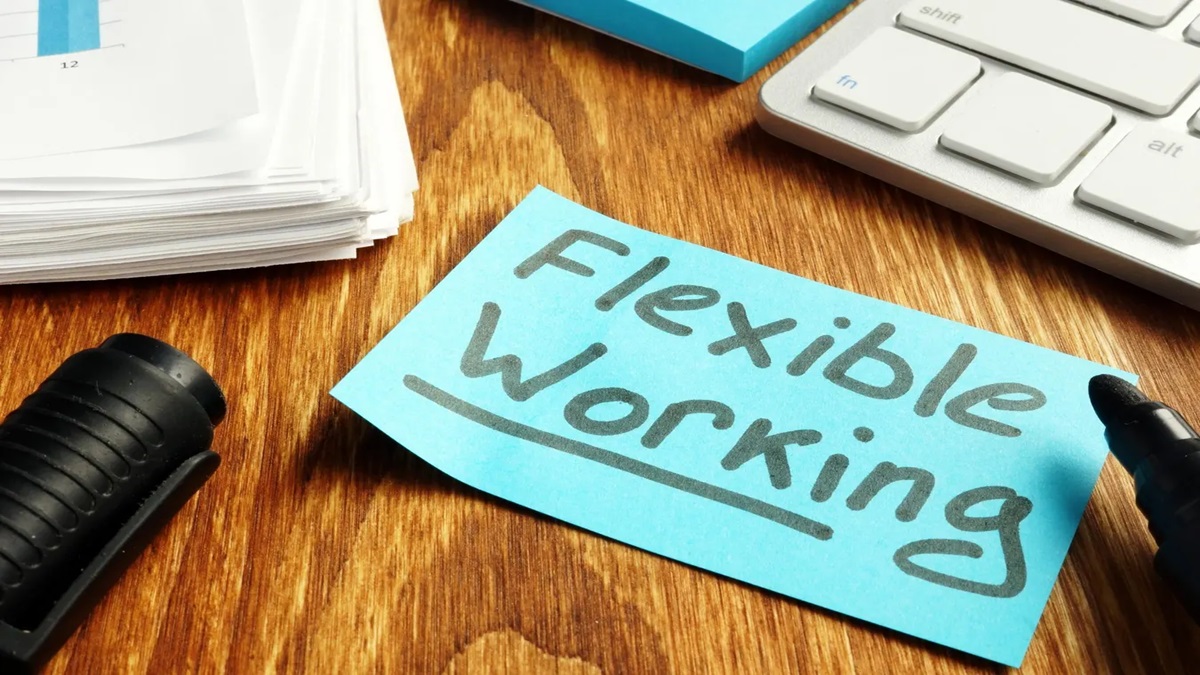Singapore earned a reputation for efficiency and relentless drive. Yet beneath the glossy headlines and economic rankings lies a reality that is far less glamorous: a “hustle” culture that glorifies overwork and an unhealthy focus on perfection.
Gallup’s State of the Workplace 2025 report ranks Singapore as the second-lowest for employee engagement in Southeast Asia, and 61 percent of employees report feeling burnt out. In a stark comparison, our neighbours such as the Philippines, Thailand, and Indonesia are leading the region in engagement thanks to their more collaborative and supportive workplace cultures.
After 2 decades of leading transformation initiatives, I’ve clearly seen the impact of the culture in the organisations I work with. Marketing and business teams operate in silos, with creativity often stifled by rigid hierarchies, and initiatives failing because exhausted or scared employees simply lack the mental bandwidth to think strategically. Singapore’s “always-on” culture subtly pushes professionals to be available around the clock (especially in times of emergencies or crises), leading to one of the longest work weeks in the developed world, and nearly half of workers in Singapore report feeling drained after a day of work.
Hustling is overworking in disguise, and Singaporeans are paying the price mentally
Burnout and disengagement pose very real business risks. When employees are exhausted, they stop taking risks, stop collaborating, and stop caring about outcomes. Declining productivity, high turnover, and lack of enthusiasm quickly snowball into a full-blown talent retention crisis.
Region-wide studies show Singapore employees report the poorest mental health and lowest quality of life in Southeast Asia, with Gen Z and Millennials in Singapore experiencing the highest rates of burnout and stress. These groups are needed to drive digital transformation and creative marketing initiatives; however, the “hustle” mindset, which is seen as a path to success, is now recognised as a major factor behind these trends. Our role as innovators is at risk of withering, and Singapore risks losing its top talent to global competitors who prioritize employee well-being alongside performance. The relentless push for AI adoption without adequate preparation at the workforce level will exacerbate mental health and burnout issues.
In my consulting work, I see the human side of this crisis every day. Millennials and Gen Z employees most of all demand meaningful work and the flexibility to think creatively instead of executing tasks. Many share their woes, caught between rising expectations for performance and a lack of genuine support. The pressure to deliver immediate results has resulted in long-term brand building being sacrificed for quick wins.
When transformation initiatives fail, it’s rarely because of inadequate technologies or insufficient budgets. The lack of emotional and mental bandwidth that is critical to pushing difficult projects over the finish line is often not there due to overwork and a restrictive culture. This generational shift in working priorities among Singapore’s workforce is putting organizations in a corner to re-evaluate their workplace cultures and policies to attract and retain talent before it’s too late.
How businesses can optimise and improve their transformation initiatives
Businesses must understand that transformation is not just about adopting new tools. It is about building teams that are agile, collaborative, and empowered to experiment.
The good news is that business leaders who recognise and address disengagement early will be able to thrive. Senior executives and middle managers must become skilled at spotting burnout signals before it escalates further. Signs such as declining creative output, tired employees, and increased sick leaves can serve as hints that must not be ignored. Regular pulse surveys and honest one-to-ones can surface potential issues early, but more importantly, they signal to employees that their well-being is a priority. Leaders must also be ready to tackle these issues head-on, to provide a psychological safety net where team members can voice out any overwhelming expectations or concerns.
Innovation thrives in environments where teams can collaborate freely. However, many businesses still operate in silos or under rigid, hierarchical structures that prevent building ideas essential for creative, breakthrough campaigns. Encouraging cross-functional collaboration and empowering employees at all levels are essential steps to unlocking creativity and agility. Effective leaders that I’ve worked with draw ideas and creative inputs from employees at all levels. This creates the agility that modern marketing demands. However, to break down silos, leaders must actively encourage cross-functional teams and celebrate collaborative achievements instead of individual ones. In practice, this could mean bringing in creative teams on sales calls or data analysts in campaign brainstorming sessions.
Too often, companies chase the latest technology without considering the people and processes needed for success. My approach is to balance all three:
- People: Prioritize mental well-being and engagement. Transformation starts with humans, not hardware
- Platform: Choose digital tools that support collaboration and creativity, not just efficiency
- Process: Streamline workflows to reduce friction and empower teams to make decisions and adapt to the new tools seamlessly
Organizations that prioritize employee engagement alongside technology investments see transformation success rates increase dramatically. When people and processes are aligned, marketing teams can fully leverage their digital tools to drive innovation.
Reclaiming Singapore’s competitive edge for a more sustainable workforce
Singapore’s next leap forward will come from working smarter and embracing systemic change instead of quick fixes. The solution is not necessarily complex, but it requires business leaders to commit to a new work culture beyond just telling their workforce “to adapt”. We must move beyond rewarding “hustle” mindsets and build workplaces that value well-being, collaboration, and creativity. Our neighbours and global competitors are already doing this, and Singapore must act to avoid losing out on the talent that has long been taken for granted.
Singapore’s competitive advantage lies in a workforce that is empowered, engaged, and unafraid to challenge the status quo. As leaders, we must create environments where people can thrive, not just survive. Culture grows what leadership plants and tends. When leaders walk the talk, transformation takes root.
The time for incremental change has passed. Culture change starts with leadership accountability, modelling sustainable work practices, and putting employees first before deliverables. That way, transformation becomes inevitable.
The question is not whether we can afford to bring change. It’s whether we can afford not to.
